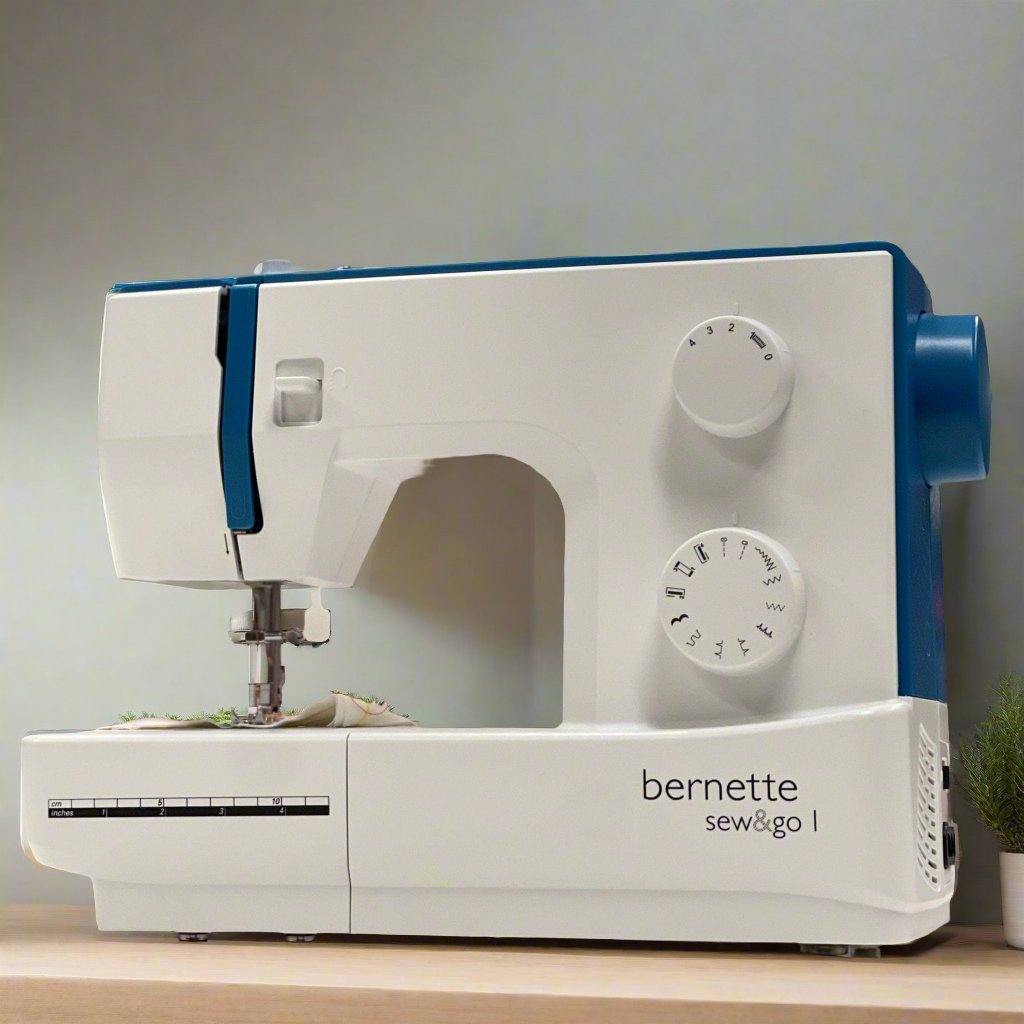Painting – step by step
I have a great linen dress, but one incredibly delicious ice cream left its marks on my beautiful dress. So the dress waited half a year for its second appearance - to be re-sewn, embroidered on top, or thrown away?
One day at the lunch table, my sister's husband mentioned that he couldn't find black fabric dye anywhere in Riga, which he usually uses to restore the black color to black clothes. He asked if I could get some.
I feel like a lightning strike from clear skies - I can repaint my dress!
I explored the available types of colors - the ones for washing machine dyeing are the most suitable for my lifestyle.
Yes, I know, I know that dyeing with plants would be the most environmentally friendly option. I experimented one summer already. I didn't want to dye with plants, it is relatively very time-consuming.
And, in the end, I have realized that if you can extend the lifespan of clothing, curtains, tablecloths, or any other textile item, that is already eco-friendly.
So here is a short story about why we have fabric dyes in our little shop! :) Let's get to dyeing.
Choose a color here.
Natural fiber fabrics, including cotton, linen, viscose, as well as silk or wool, will dye best with fabric dyes. When dyeing natural fiber fabrics, you will achieve a durable, full-intensity tone. On the other hand, when dyeing fabrics with a mix of different materials (containing synthetics, for example, polyester + cotton, polyester + viscose, cotton + linen + polyester, etc.), the final result is unpredictable, and the resulting tone will be slightly lighter. When dyeing completely synthetic fiber fabrics (polyester, acrylic, nylon), the resulting outcome is not predictable.
A VARIANTS FOR HAND PAINTING
1. The simplest and safest way to dye natural fabric materials. First, weigh the dry fabric, as the dye packet is intended for 1 kg of fabric weight – dyeing a larger piece of fabric will result in a lighter color. For my experiment, I used this color. Before painting, the fabric or clothing must be washed without fabric softener and checked for any stuck lint. A wet cloth is placed in the paint solution.
2. The color powder is first dissolved in 1 l of water. The quality of the painting depends on how thoroughly the color powder is dissolved – if undissolved pigment spots remain, they will leave marks on the fabric.
3. Add a large handful of salt.

4. Immerse the unwrapped fabric as evenly as possible in the dye solution.
5. The fabric should be stirred diligently for at least 10-15 minutes to ensure the color is evenly absorbed into the textile fibers.
6.Heat up to 40-60°C, if the material allows boil up to 90°C
B VARIANTS FOR PAINTING IN THE WASHING MACHINE
1. The easiest and safest way to dye natural fabric materials. Cotton usually dyes in exactly the shade indicated on the package. First, the dry fabric should be weighed, because The color pack is intended for 1 kg of fabric weight. - when dyeing a larger piece of fabric, the color will be lighter or may not hold at all. Before dyeing, the fabric or clothing must be washed without fabric softener and it should be ensured that no lint is stuck to it. A wet fabric is placed in the dye solution.
2. Color powders first dissolves in 1 liter of waterThe quality of the painting depends on how carefully the paint powder is dissolved – if there are undissolved pigment spots, they will leave marks on the fabric. 
3. Add large a handful of salt.
4. Set the washing machine to 40-60°C washing programs without for washing. You can set the washing machine to 90 ° C , then the painting will be more durable and the color will be more intense.

5.Pour the prepared color liquid directly in the washing machine.
6.Wipe off the paint residues from the surface and place the fabric in the washing machine and start washing.

After several experiments by me and my sister's husband, the conclusions are
- the best is dyed on 100% cotton.
- For black fabrics, it is better to use 1.5 packets per 1 kilogram.
- At least 60°C is better
- It is important to carefully check that no color clumps or spots are left that could come into contact with the fabric before dyeing.
Here is my towel after dyeing:

Used color-blue.
But what result did you get?



